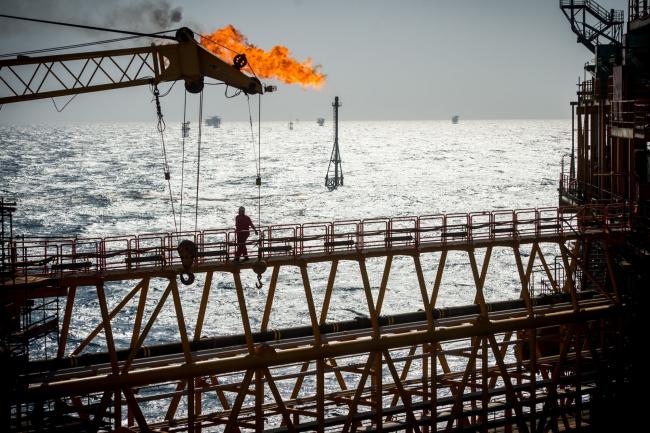(Bloomberg) -- Oil defied trade-deal bearishness to rise for a third day after an industry report pointed to shrinking U.S. crude stockpiles and before OPEC+ decides on its output-cut policy later this week.
Futures added as much as 0.6% in New York as Asian stocks dropped amid heightened uncertainty over whether the U.S. and China will reach their much-touted limited trade agreement. The American Petroleum Institute reported crude inventories fell by 3.72 million barrels last week, according to people familiar with the data. That would be the biggest decline since September if confirmed by Energy Information Administration figures due Wednesday.
Oil has been rising since early October on optimism the U.S. and China are close to a initial deal, suggesting crude has room to fall if the two sides can’t reach an agreement. However, the likelihood that OPEC and its allies will extend production cuts and toughen compliance, together with some signs that they could deepen them, appears to be propping up prices this week.
“Oil’s getting support as the market widely expects OPEC+ to extend the current output curbs when they gather this week,” said Will Sungchil Yun, a commodities analyst at HI Investment & Futures Corp. in Seoul. If U.S.-China trade relations worsen again, crude will likely be driven downward, he said.
See also: OPEC+ Extension Likely, Compliance in Focus: Reality Check
West Texas Intermediate for January delivery climbed 24 cents, or 0.4%, to $56.34 a barrel on the New York Mercantile Exchange as of 9:30 a.m. in Singapore. The contract rose 0.3% to close at $56.10 on Tuesday following a 1.4% gain on Monday.
Brent for February settlement added 24 cents to $61.06 a barrel on the London-based ICE (NYSE:ICE) Futures Europe Exchange. The global benchmark crude traded at a $4.81 premium to WTI for the same month.
